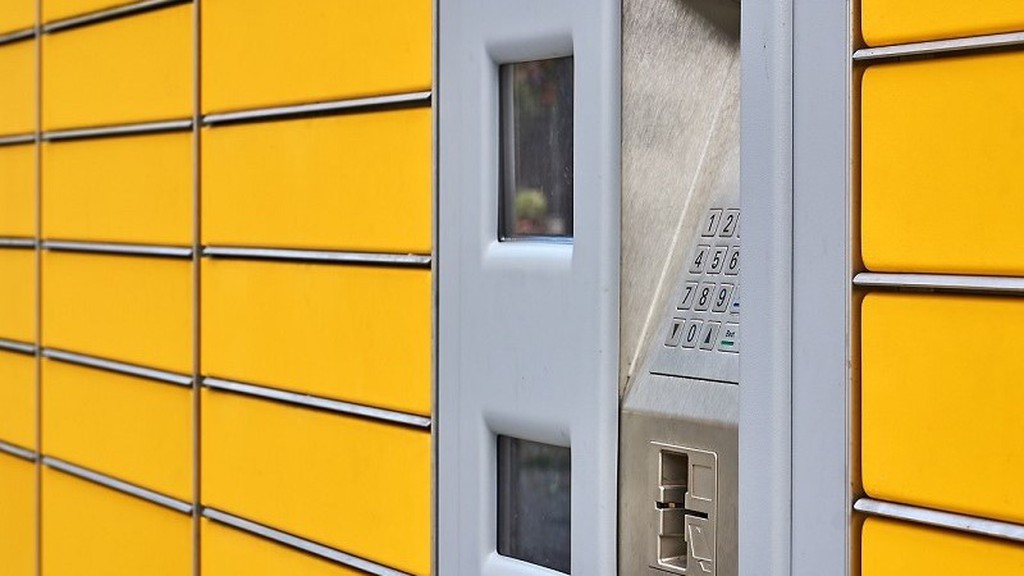
Refrigerated lockers for food and grocery orders may become common fixtures in urban areas around Vietnam in the future, according to a JLL report.
The boom in online shopping leads retailers and logistics providers to look for new ways to deliver orders as quickly and efficiently as possible. Parcel lockers or store pick-up options are among the latest delivery options for shoppers. For store pick-up, shoppers can visit the nearest stores for their package after checking out online. For parcel lockers, online shoppers select the lockers as a delivery option during checkout, then receive a QR or SMS code that will open the locker once the parcel is delivered.
“Parcel lockers are becoming popular because of the convenience,” says Tessa English, Director, Industrial and Logistics, at JLL. “Consumers have more control over when they pick up their shopping, rather than having to wait for deliveries or risk parcels being left in the wrong place.”
Last mile drop-off
The Visa Consumer Payment Attitudes Study 2018 shows that e-commerce saw a growth of 40 percent in total value of purchase compared to the year before. “The accelerated growth is both good and bad news for retailers, who are in need of better delivery options to tackle the challenges of last mile deliveries from warehouses to homes and offices,” Stephen Wyatt, Country Head of JLL Vietnam comments. “Trying to deliver packages to customers who aren’t home can cause delays on delivery routes, while getting orders to individual addresses often means putting vehicles on the roads before they’re full, raising costs and contributing to city centre congestion and air pollution.”
As online shopping continues to rise across Europe, shoppers are increasingly expecting fast, flexible delivery. Although they are a familiar sight in many other countries, lockboxes are currently not wildly available in Vietnam.DHL has a network of 340,000 lockers in Germany, accessible by 90 percent of the population, while many retailers, such as major UK fashion brands like ASOS, utilises locker to let customer return products anytime they want.
Global sportswear brand and retailer Decathlon also installed 1,500 lockers to support its click-and-collect delivery service option, while Amazon has had lockers in supermarkets, post offices and transport hubs across Europe for the last few years. These boxes are even creatively used as self-checkin device for many AirBnB homes, with house keys stored in a lockbox with a unique code provided only to registered guests.
“This gives customers greater flexibility over their shopping, especially as lockers located in transport hubs often offer public access 24/7,” says English.
For retailers, parcel lockers are also a means to tackle the challenges – and costs - of last mile deliveries from warehouses to homes and offices. Trying to deliver packages to customers who aren’t home can cause delays on delivery routes, while getting orders to individual addresses often means putting vehicles on the roads before they’re full, raising costs and contributing to city centre congestion and air pollution.
“Delivering to parcel lockers means a van could drop off dozens of orders at each delivery point, rather than just one,” says English. “This reduces vehicle movements and the number of vehicles required, which offers retailers and operators better route and cost efficiencies.”

The right location
Parcel lockers tend to be placed in areas with high footfall, such as supermarkets and train stations, although varying consumer habits in different countries – or even different areas of the country – have a big impact on location decisions.
A good location for lockers depends on retailer customer profiles – how frequently customers order and where they live. Stephen said, this is where big data can provide insight into the most effective locations.
“What’s key is that customers can pick up the parcel along their usual journey, without a detour. As soon as the convenience factor is lost, parcel lockers become a less effective investment and potentially also a less sustainable solution.”
Furthermore, lockers need to be in secure locations with good surveillance to minimise the risk of theft or vandalism.
Future building must-have?
Across Europe, clothing retailers as well as technology and lifestyle brands have already partnered with logistics firms to deliver to lockers. And with more than half of UK customers predicted to shop for groceries online by 2021, refrigerated lockers for food orders could also become popular fixtures.
Down the line, new residential and mixed-used developments in Vietnam could include a block of lockers, accessible by all residents as well as retailers. Currently, most big packages delivered to residential buildings are left at the door or reception table. With hundreds of packages arriving each day for the thousands of residents, parcel lockers can minimise the risk of mixing up or losing packages, Stephen said.
“In terms of convenience, this is probably the ultimate - a safe place for parcels that can’t fit into individual mailboxes, allowing people to pick up orders when they’re home,” says English.
“With many more goods going through the parcel network, there will be increased demand for convenient last-mile delivery options,” says English. “Retailers want to enable a more seamless, easy delivery. Parcel lockers are one part of the solution.”
Urbanisation is speeding up, and this means more and more people are moving to the city every year. According to JLL’s data, the number of apartments in HCMC has increased from 67,200 to 180,000 units in the period of 5 years, an approx. 190% growth from 2014 to Q2 2019. For landlords, providing the convenience of parcel lockers could be an additional perk that attracts commercial and residential tenants – especially as online shopping continues to grow.
In the future, refrigerated lockers for food and grocery orders could also become popular fixtures, JLL concluded.

















